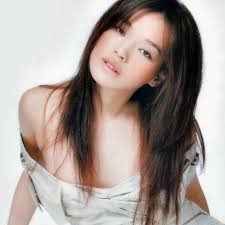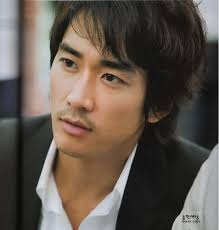Fashion designers help create the billions of dresses, suits, shoes, and other clothing and accessories purchased every year by consumers. Designers study fashion trends, sketch designs of clothing and accessories, select colors and fabrics, and oversee the final production of their designs. Clothing designers create and help produce men's, women's, and children's apparel, including casual wear, suits, sportswear, formalwear, outerwear, maternity, and intimate apparel. Footwear designers help create and produce different styles of shoes and boots. Accessory designers help create and produce items such as handbags, belts, scarves, hats, hosiery, and eyewear, which add the finishing touches to an outfit. (The work of jewelers and precious stone and metal workers is described elsewhere in the Handbook.) Some fashion designers specialize in clothing, footwear, or accessory design, but others create designs in all three fashion categories.
The design process from initial design concept to final production takes between 18 and 24 months. The first step in creating a design is researching current fashion and making predictions of future trends. Some designers conduct their own research, while others rely on trend reports published by fashion industry trade groups. Trend reports indicate what styles, colors, and fabrics will be popular for a particular season in the future. Textile manufacturers use these trend reports to begin designing fabrics and patterns while fashion designers begin to sketch preliminary designs. Designers then visit manufacturers or trade shows to procure samples of fabrics and decide which fabrics to use with which designs.
Once designs and fabrics are chosen, a prototype of the article using cheaper materials is created and then tried on a model to see what adjustments to the design need to be made. This also helps designers to narrow their choices of designs to offer for sale. After the final adjustments and selections have been made, samples of the article using the actual materials are sewn and then marketed to clothing retailers. Many designs are shown at fashion and trade shows a few times a year. Retailers at the shows place orders for certain items, which are then manufactured and distributed to stores.
Computer-aided design (CAD) is increasingly being used in the fashion design industry. Although most designers initially sketch designs by hand, a growing number also translate these hand sketches to the computer. CAD allows designers to view designs of clothing on virtual models and in various colors and shapes, thus saving time by requiring fewer adjustments of prototypes and samples later.
Depending on the size of their design firm and their experience, fashion designers may have varying levels of involvement in different aspects of design and production. In large design firms, fashion designers often are the lead designers who are responsible for creating the designs, choosing the colors and fabrics, and overseeing technical designers who turn the designs into a final product. They are responsible for creating the prototypes and patterns and work with the manufacturers and suppliers during the production stages. Large design houses also employ their own patternmakers, tailors, and sewers who create the master patterns for the design and sew the prototypes and samples. Designers working in small firms, or those new to the job, usually perform most of the technical, patternmaking, and sewing tasks, in addition to designing the clothing. (The work of pattern makers, hand sewers, and tailors is covered in the statement on textile, apparel, and furnishings occupations elsewhere in the Handbook.)
Fashion designers working for apparel wholesalers or manufacturers create designs for the mass market. These designs are manufactured in various sizes and colors. A small number of high-fashion (haute couture) designers are self-employed and create custom designs for individual clients, usually at very high prices. Other high-fashion designers sell their designs in their own retail stores or cater to specialty stores or high-fashion department stores. These designers create a mixture of original garments and those that follow established fashion trends.
Some fashion designers specialize in costume design for performing arts, motion picture, and television productions. The work of costume designers is similar to other fashion designers. Costume designers, however, perform extensive research on the styles worn during the period in which the performance takes place, or they work with directors to select and create appropriate attire. They make sketches of designs, select fabric and other materials, and oversee the production of the costumes. They also must stay within the costume budget for the particular production item.
Work environment. Fashion designers employed by manufacturing establishments, wholesalers, or design firms generally work regular hours in well-lighted and comfortable settings. Designers who freelance generally work on a contract, or by the job. They frequently adjust their workday to suit their clients' schedules and deadlines, meeting with the clients during evenings or weekends when necessary. Freelance designers tend to work longer hours and in smaller, more congested, environments, and are under pressure to please clients and to find new ones in order to maintain a steady income. Regardless of their work setting, all fashion designers occasionally work long hours to meet production deadlines or prepare for fashion shows.
The global nature of the fashion business requires constant communication with suppliers, manufacturers, and customers all over the United States and the world. Most fashion designers travel several times a year to trade and fashion shows to learn about the latest fashion trends. Designers also may travel frequently to meet with fabric and materials suppliers and with manufacturers who produce the final apparel products.

















